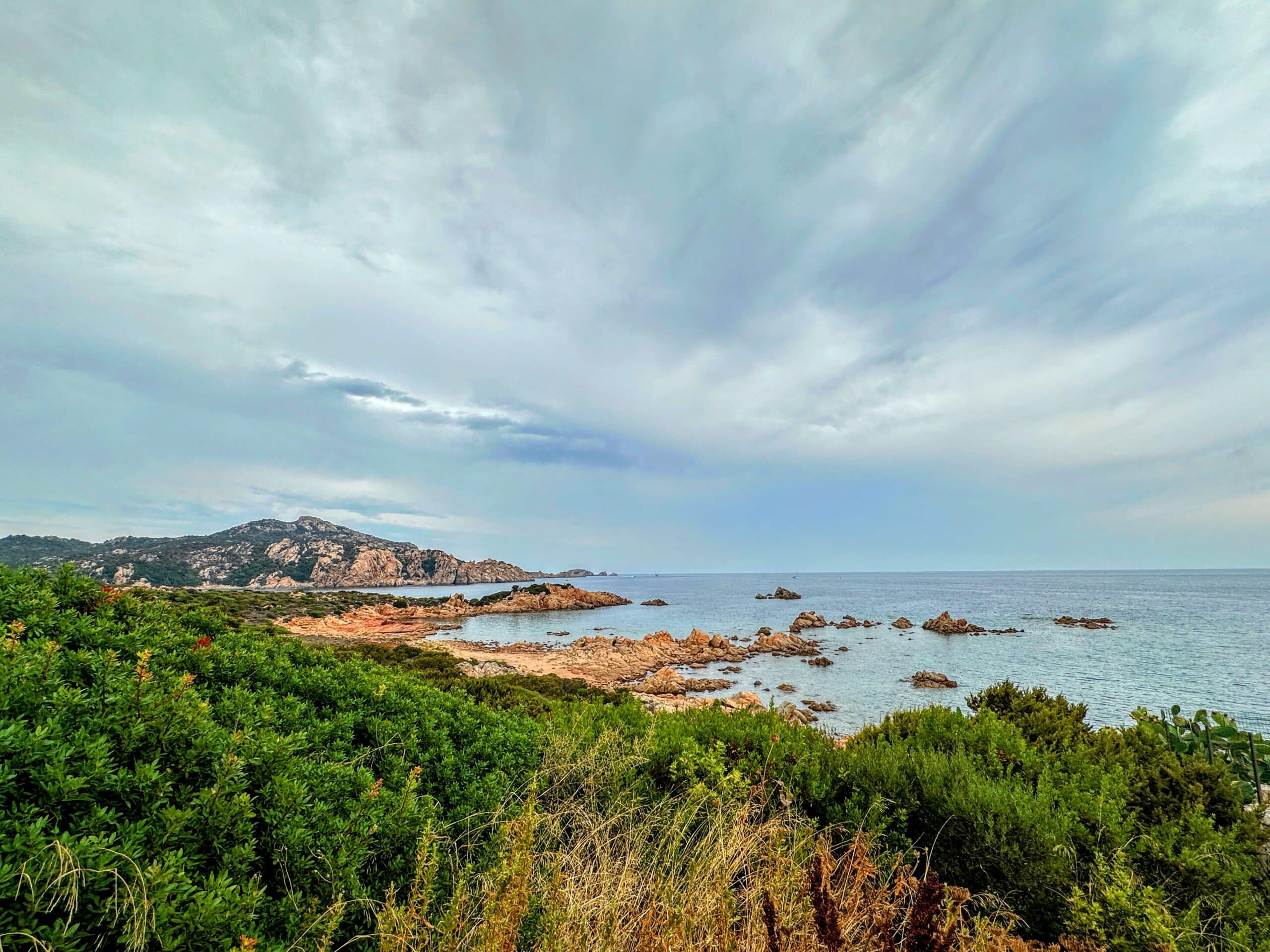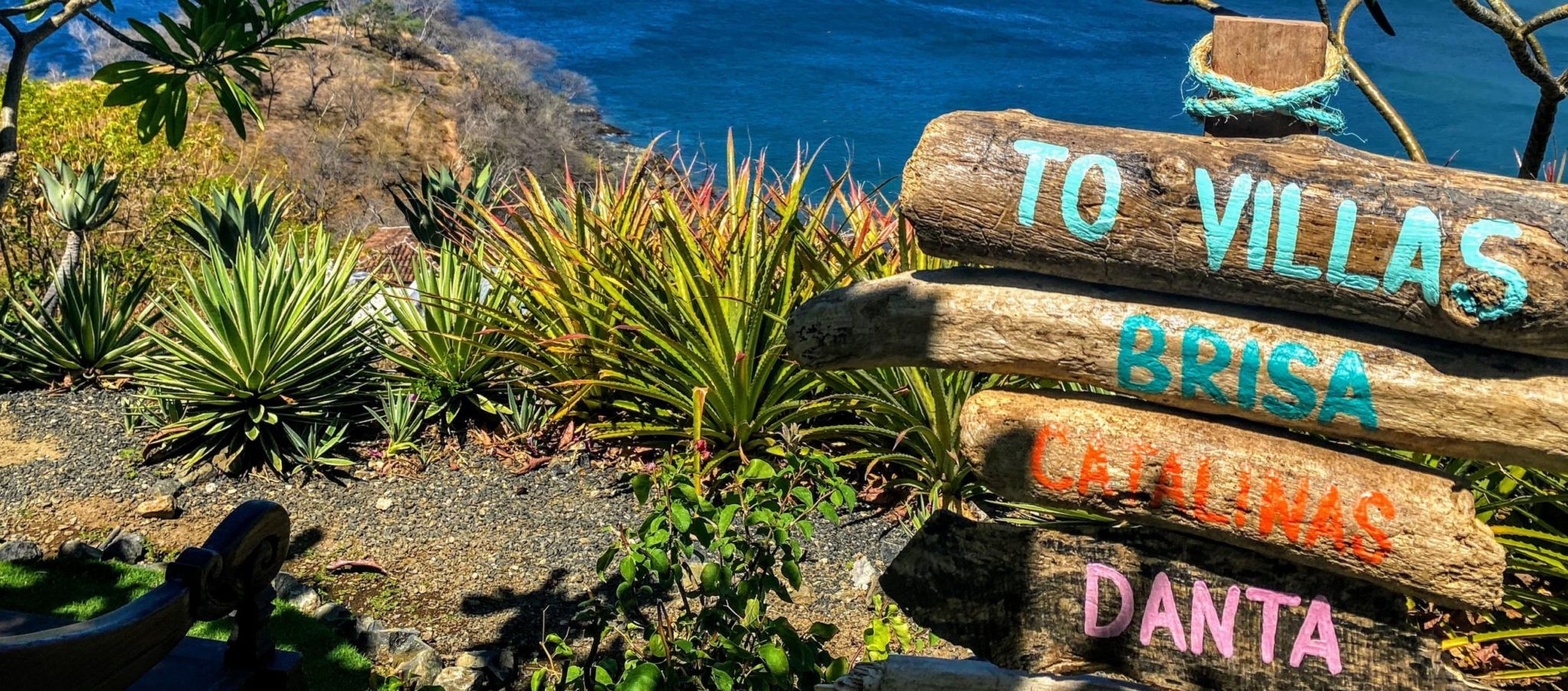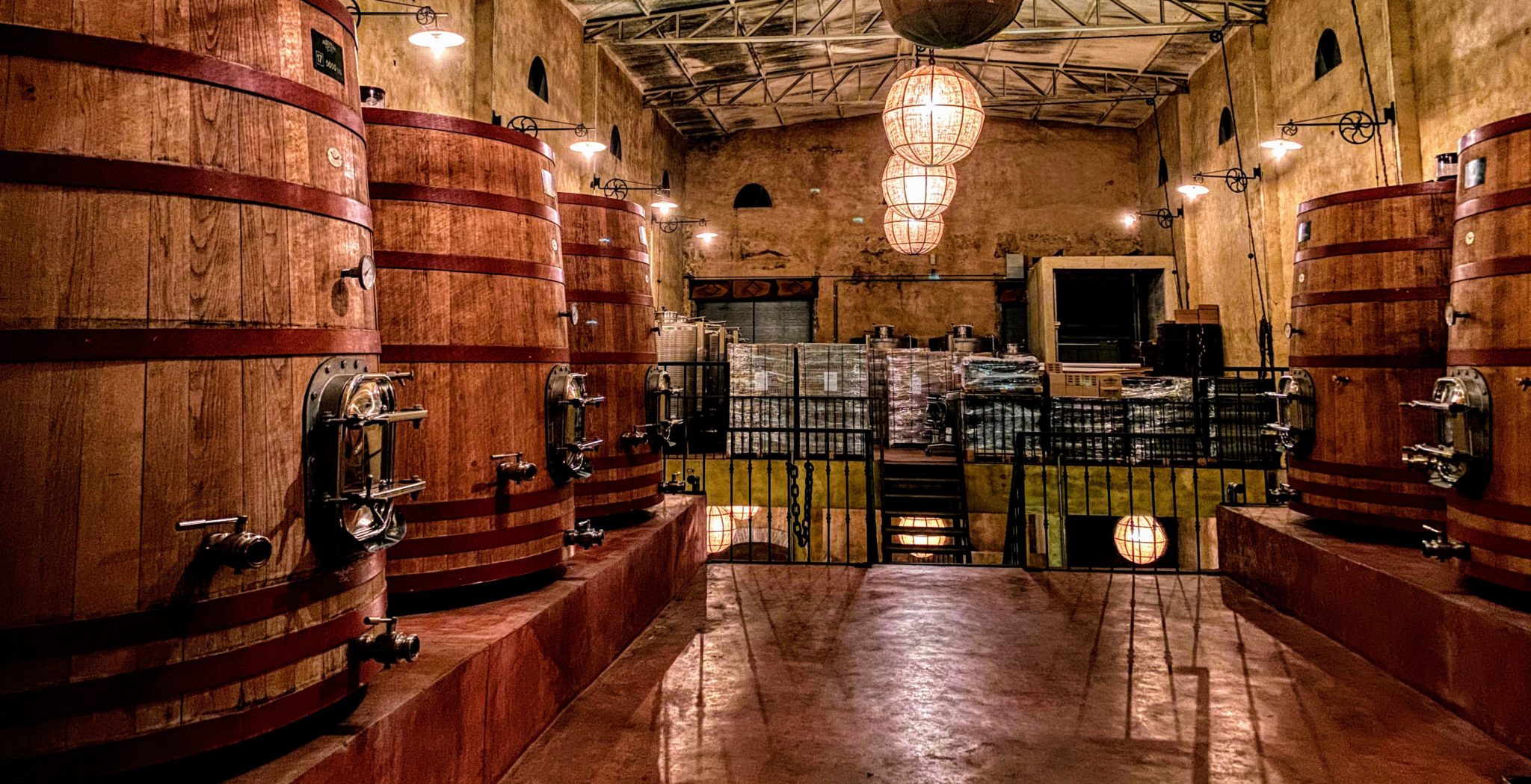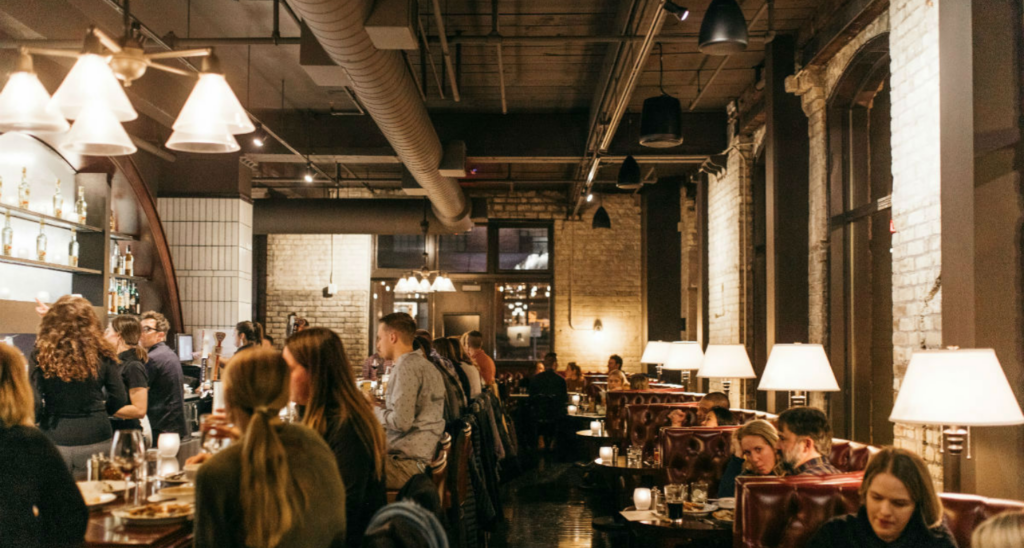April 9, 2018
We had already driven nearly three hours when we hit the rough gravel outside of El Chalten. Ugh, we have to almost be there. Gonzo (a nickname), our driver, turned around and said, “It’s about another hour, and I’m sorry, but the road is really bumpy.”
Now we were getting a bit crabby, but hey, it’s the start of our vacation adventure. Bumpy, however, was not the right word. It was like driving through a tank trap. But we finally arrived at the boat dock, to the smiling faces of our awaiting boat. Then Gonzo promptly threw my luggage in the lake (accidentally) while trying to heave it on the boat. (It was retrieved after a minute or so.)
After a 10-minute boat ride, we arrived at our lodge’s boat dock on the other side of Lago Desierto as it started to spit rain. We walked quickly up the hill to be greeted by more smiling faces for a quick tour of the beautiful lodge.
We then started to hear things like eco-friendly, no power these hours, no hot water these hours, put all trash (even bathroom and toilet trash) in garbage, blah, blah, blah, and, oh, yeah, no WiFi.
“Wait, what?” we both said.
Following came an explanation about location, access, power, blah, blah, blah. Come on, they get WiFi on the moon.
We got to our room, looked at each other and I said, “We just drove 110 hours and feel like we just got out of a clothes dryer, arrived here to find limited power, water and no WiFi, and they threw my luggage in the water. What the hell did we book? Are we camping?”
Guess what? It was one of the best hotel experiences of our extensive travels. Typical spoiled Americans.

The first thing you learn about Patagonia is everything is vast. Actually, there’s no proper way to describe it. When you look on a map, places appear to be fairly close together. For example, from El Chalten to Calafate looks like about 50-60 kilometers. And it is. If you’re a condor. If you’re human, it takes four to five hours.
The second thing you learn (and we’ve learned it in earlier trips to both Chile and Argentina) is that the only similarity between Chile and Argentina is the language. Never mind that they share a border, a mountain range, ice fields, rivers, and some cuisine. If you ask a Chilean, they are nothing alike. Same thing on the Eastern side of the border.
The third thing to learn is that Patagonia, by definition, is about two-thirds of South America, and there are many zones and regions that are almost countries in themselves. When we decided to take a trip to “Patagonia,” we had no idea. You cannot manage it. It manages you.
The fourth thing (and then I’ll stop) is that it’s South America. It’s upside and backwards for us. The sun is always in the north, and nobody has a clue where it sets. (Well, at least, the North Americans don’t have a clue. They’re usually three deep into pisco sours or glasses of Argentinean/Chilean wine by then.)
We’ve been bicycling in Patagonia Norte in the past (even though we just learned that name). It’s the lakes district between Bariloche and San Martin. And it’s literally thousands of miles from Patagonia Sur, or what most people refer to as just Patagonia. The geography is mind boggling and can never and will never be understood from a map.
Geography lesson complete, let’s move on.
Buenos Aires
Any proper trip to the middle of nowhere needs to begin in the hot humanity of an energetic city. We opted for BA as a start (our preference to Santiago). It was probably our tenth trip to Buenos Aires and we find it’s both ever-changing and never-changing.
The difference between BA and Santiago is that BA has a European influence and vibe, mixed with a decidedly easygoing South American style. Santiago is pure Chilean, with a more provincial style and culture.
BA was 85 degrees, sunny, streets filled with people and impromptu sausage parties…and perfect.

(See our City Guide for recommendations and experiences with hotels and restaurants in BA.)
Flying to begin any adventure in Patagonia Sur means understanding which country you’re starting in (also something we learned). Since we were starting our journey in Argentina, we flew from BA to Calafate, the only airport on the Argentine side. If you begin in Torres del Paine, which is in Chile, you’ll fly to Puntas Arenas, which translates to “Almost the end of the earth, Chile.” Actually, it translates to “About 1,000 miles from the end of the earth.”
If you’re really going for it, and cruising near or to Antarctica (which we did not do), you’ll start in Ushuaia. Ushuaia is back in Argentina, in Tierra del Fuego, not to be confused with Cape Horn. Cape Horn is the true end of the earth and back in Chile. Don’t even try to begin why and how they determined borders between the two. The borders are not north/south or east/west. At any given time, there’s a jag in the map that claims the land for one side or the other.
El Chalten to Calafate (Argentina) to Torres del Paine (Chile)
Before we give the recommendations of the perfect way to tackle Patagonia, here is what we learned:
- Always go to the top. Of any hill, mountain, mirador (lookout).
- It looks harder and longer than it is (see number one).
- Don’t refuse the walking sticks.
- Or you’ll land on your ass going down (see number three).
- Trekking is for the idiots that are camping and experiencing the “journey” from place to place.
- Hiking is for us smarter sort that stay in nice hotels and go out for half day or full day hikes.
- If hiking, your guides will likely carry a flask of Bailey’s and a thermos of coffee for your celebration at the top (while trekkers are pooping in the thorn bush).
- Guides and hotels overestimate how long hikes will take you.
- And guides and hotels underestimate how long car or van transport takes.
- There are a lot of glaciers in Patagonia.
- In addition to glaciers, there are a lot of lakes and bumpy roads. And thorn bushes (sorry trekkers).
- The food in Patagonia is… Fine.
- OK, to elaborate on above, the food is rustic, simple, always home made with heart and no added flavors or spices. The only offered flavoring is salt, and you usually have to ask for it.
- They have lamb in Patagonia.

- They have lots of lamb in Patagonia. And lots of meat in general for every meal.
- Did I mention the lamb in Patagonia?
- You will meet guanacos, which are a cousin of the llama.
- The reason you will meet them is that they’re everywhere and not afraid of you. And not very bright (maybe I’m being judgmental).
- If you eat guanaco in tartare or loin form, you really should be forced to look at the pictures of the babies you took from your hike earlier in the day while partaking.

- The wind is formidable.
- The weather changes every five minutes.
- Most of the hotels are full board, meaning all you can eat and drink. (For those of us who love variety of restaurants, this can be distressing at first. Then you learn this is probably the best food and wine in the region. And it’s bottomless.)
- You need to bring good gear. Wind proof and waterproof. Pay the extra money for good gear, it will be worth it. (Recommended: Arc’teryx jackets and smartwool hiking socks)
- You will see a lot of rainbows and return home with about 100 rainbow pictures (see note about ever changing weather)
- When you go home, you’re hiking shoes will be dusty and dirty.
- You should feel very good about all that dust and dirt. It’s well earned.
Day-by-Day Highlights (A Planning Guide)
Day One: Humor Failure
Fly from Buenos Aires to Calafate, with a nearly four-hour transport beyond El Chalten to Lago Desierto and Agua Arribas.
Activity Level:
Two bottles of Malbec and walking up about 12 stairs to our hotel room.
Location:

Aqua Arribas Lodge, the only hotel on Lago Desierto, about 35 km out of El Chalten (a tiny town filled with backpackers, trekkers and beer located at the base of Mount Fritz Roy).
Days Two and Three: Hotel Became Home
When was the last time the hotel owner actually came to you, hugged you, kissed you, and welcomed you to your home—and meant it? The Agua Arribas owners were a husband and wife, and the husband personally took us fly fishing with his gear and boat.
Four spectacular hikes to the Huemul Glacier, Vespignani Glacier, up and around to meet the trail from Argentina to Chile and along the lakefront to our fly fishing spot. The “trail” is filled with logs, trees, wild cows, flora and fauna (varied depending by season, but always with the famous Calafate berry).


Activity Level:
10-15 km per day with a lot of ups; a spectacular morning flyfishing in Lago Desierto; another two bottles of Malbec and walking 12 stairs up to our hotel room. (See the full board/all included from above)
Location:

Same as above, our new home—which truly felt like it as we nestled into the living room next to the fireplace with our feet up, drinking wine, looking at the lake and glacier, eating cheese and bread.
Day Four: Gonzo is Back
Gonzo, the transport driver who threw my suitcase in the water three days before, had to sheepishly return to transport us again, this time to Calafate and our next hotel. He came bearing a bottle of Cava (because he did his research on us and our “Everyday Champagne”) and was filled with apologies, saying his wife was mortified because he likely got my makeup wet. (Side note: who cares about makeup in Patagonia, and my clothes dried pretty quickly.)
Our journey took us back through El Chalten with spectacular views of Fitz Roy, and the rapidly changing landscape into Calafate and beyond. We went from snow-capped mountains to the treeless steppes. We arrived at the next hotel, Eolo, which you could see from about 30 kilometers away. Upon arrival, it was all the WiFi we could eat. We were kind of disappointed about it. (My, how quickly we learn.)
Activity Level:
This time, we walked off the four-hour drive by hiking up the hill/mountain behind our hotel (Cerro Torre) to get panoramic views of Anita Valley, Lago Argentino, and Torres del Paine in the distance. It was straight up for about an hour and a half, and no clue the distance.
Location:

Eolo, a unique 17-room Relais & Chateau hotel with one of the craziest locations we’ve ever seen. About 20 minutes outside of Calafate, another backpacker/trekker town.
Days Five and Six: Meet the Legend… And the Cows
The next day, we walked a bit through the steppes of the area and went to an estancia for lunch. The estancia made the mistake of introducing me to some of the baby sheep wandering around before promptly taking us to lunch—where a lamb was splayed over an open wood burning fire.

He was fine and ate tons of lamb. I had salad.
We then hiked and boated from Brazo Roca to Playa de Monedas to see the first views of Perito Moreno, the only glacier in the world growing and maintaining. Everyone said it was cool. And it is. We then took a boat to see its face and fished some of its discarded ice from the water to put in with our whiskey.


Following, we made the touristy stop to the north face to see Perito Moreno in its posed state.
The next day, we took out the mountain bikes down the 7km gravel hotel driveway, then along the shores of Lago Argentino in the brilliant blue sun.
The cows? They’re everywhere, wandering around the hotel. Our morning coffee on the deck was spent watching them and their babies walk up the hill; our evening happy hours were spent watching them come back down. Oh, yeah, and when I had to join a conference call one afternoon, they decided to walk to the open window, mooing loudly (and repeatedly) during the call.
They quit when I was done. Don’t let anyone tell you cows are dumb (maybe just vindictive).
Activity Level:
About 25 km biking and 4-5 km walking, followed by a few pushups and situps in the hotel room out of guilt for all the eating and drinking. We lost track of the wine. (Again, see the “full board” note.)
Location:
Eolo, same as above.
Day Seven: Purgatory
“Purgatory” as in never, ever ending. We thought the transport the first day was long. That was like walking across the street in comparison to this.
From Eolo, we could see Torres del Paine. They told us it was 80 km away from where we were, but a long drive around. We didn’t believe them. Or didn’t hear them. Or, possibly, just ignored them. From Calafate, it’s three hours just to the border, then you go through border control in Argentina, followed by border control in Chile with an X-ray machine likely from the 1950’s. Border control took an hour, but has been said to take far longer. Then, finally across the border, we changed vans as if prisoners and drove another approximately two hours into Torres del Paine and our next destination, Explora Hotel. Six hours that felt like six days because of the endless washboard gravel roads.
We arrived at Explora to what felt like a summer camp in the middle of nowhere. Panic ensued about four nights here, hiking out of the same hotel in the same park. How would we survive?
Then we got to our room and our view of the famous Torres del Paine horns and towers. We’d try.

Activity Level:
This time our hotel was only up about 8 steps. I’m not going to disclose the wine.
Location:

Explora Hotel, one of only three hotels in Torres del Paine National Park designed by one of the most famous Chilean architects. It’s in an impossible location on the shores of Lake Pehoé perched over the Salto Chico waterfall. It’s a privileged location, to say the least.
Days Eight, Nine and Ten: Summer Camp
Explora is, at its heart, summer camp. For privileged adults with no regard for money. The first day, you look around at all the people, and sign up for your hikes and excursions with a personal and all-attentive guide (there are dozens of them). It’s a sort of social experiment—as everyone is introducing themselves wondering how they’re going to survive the entire time. At the end of the first full day of activity, you’ve spent all your time in the beautiful outdoors, made new friends, and dinner at the end of the first non-transport day is spent getting to know people from all over the world. And it’s really better than camp, because it’s all over a bottomless supply of alcohol.
Activity Level:
We, of course, started with the most advanced hike in the park and worked our way down from there. Cornisas, Sarmiento, Aonikenk, Mirador Toro, Mirador Condor, Nordenskjold, etc. etc. etc. We had 360-degree views of all ends of the park and the lakes. We saw southern ice fields, glaciers, waterfalls, calcium deposits, condors, eagles, deer, armadillos, flamingos, fox, and tons of guanacos. We met all the beautiful guides from Brazil, Chile, and Argentina. And we met all the other crazy summer campers from everywhere in the world.
Location:
Explora Hotel. You can’t describe the hotel, the views or the location. I’ll try with photos.
Day Eleven: A Different Kind of Decadence
Okay, so our hotels so far were all among the top in service and amenities, in very different ways.
They all made show-stopping first impressions, were unique in their isolation, and spectacular in service. From a family-run gem to Relais & Chateau to one of the most expensive per-night hotels in our memory, it was all pretty spectacular.
A short two-hour transport from Explora brought us to The Singular, on the shores of the Cape of Last Hope.  (Whoever named it that in 1557 was apparently not watching the waves lap up on the shore from inside the steam room, followed by a wine-laden lunch.)
(Whoever named it that in 1557 was apparently not watching the waves lap up on the shore from inside the steam room, followed by a wine-laden lunch.)
We arrived to the most stunning historic conversion we’ve ever seen. It’s an adaptive re-use of a former meat-processing plant into high end hotel. It’s history meets modern simplicity at its finest. It is tasteful, respects the history and the bones, and brings in a little Chilean flair in its furnishings. In short, it is fantastic.
Checking out the views from our four hotel rooms, they were the best in the world. This was no exception. We went to an incredible lunch from real chefs using local ingredients including an abundance of king crab.
Activity Level:
We walked the stairs to our third-floor room instead of taking the elevator. This was a big deal.
Location:

The Singular Hotel in Puerto Natales, Chile, Patagonia. Like the Explora, it’s hard to capture the remoteness, location, and, in this case, sheer beauty of the design.
Days Eleven (again) and Twelve: Spoiled
No more planned excursions or guides for us. This was down time. Of course, down time for us means mountain biking 25+ km into the wind and exploring the quirky town of Puerto Natales.
Activity Level:

Mountain biking into the wind, steam room and sauna, followed by naps. And incredible lunches and dinners with, yes, more wine.
Day Twelve:
Morning in heaven at the Singular, then flights from Puerto Natales to Punta Arenas, to Santiago, then home.
I guess it’s time after 12 days.








